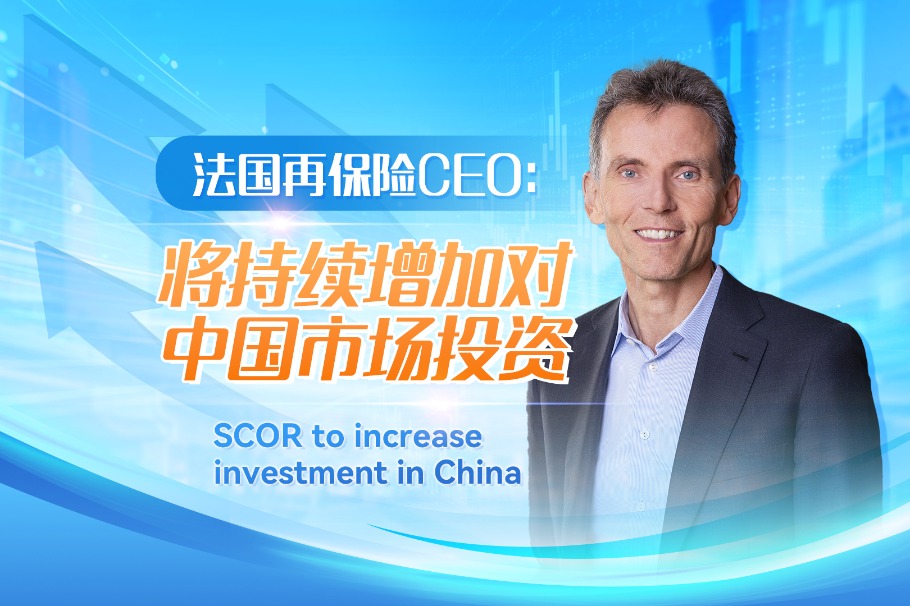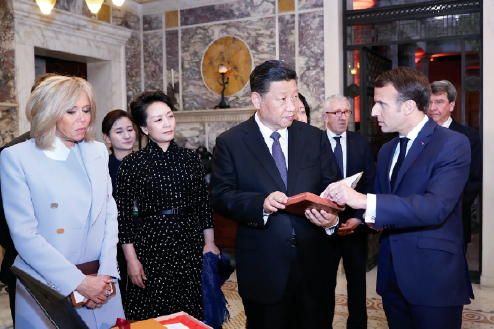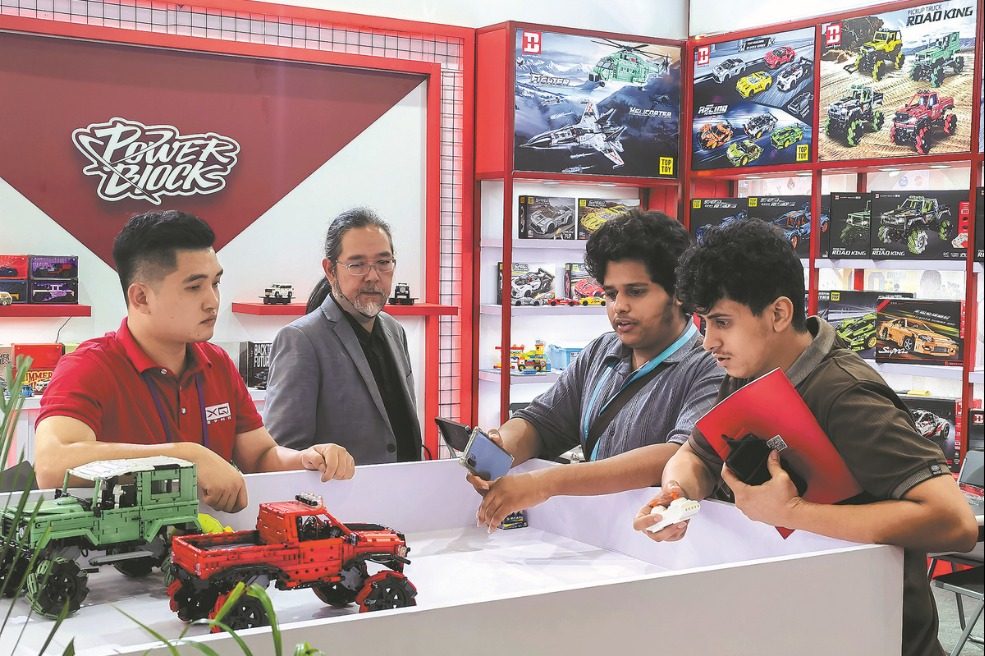Resetting the work-skills equation
Academics call for stronger alignment between education and employers to improve students' job prospects amid switch technology. Zeng Xinlan reports from Hong Kong.
By Zeng Xinlan | HK EDITION | Updated: 2021-10-15 13:14

Eyeing chances in the Greater Bay Area
Considering the vast career opportunities in the Guangdong-Hong Kong-Macao Greater Bay Area, Kwok said Hong Kong should consider cross-border mutual recognition of qualifications. "Cross-border accreditation can boost talent exchange in the Greater Bay Area and open up a much broader job market for local talent," he said in welcoming the latest Policy Address by Chief Executive Carrie Lam Cheng Yuet-ngor.
The blueprint pledged to attract and train talent and build up Hong Kong's talent pool in line with the national 14th Five-Year Plan (2021-25), as well as the Greater Bay Area development, through manpower planning with specific industry measures.
"The government has a key role to play in confirming and reiterating the significance of VPET (vocational and professional education and training) as a valued education pathway in addition to conventional academic pathways," according to a review report by the SAR's government Task Force on Promotion of VPET published in January 2020.
Hong Kong plans to invest HK$4.77 billion ($570 million) in post-secondary, vocational and professional education in the 2021-22 financial year, up 11.3 percent year-on-year, according to the government's budget released in February.
The government has in recent years provided funds and subsidies for VPET institutions and students, the development of the QF, as well as the establishment of various statutory bodies, including the Vocational Training Council and the Employees Retraining Board. The Task Force on Promotion of VPET was set up in 2014.
Subsidized programs include the Training and Support Scheme, which was launched in 2014. It provides apprenticeship training through the VTC with a guaranteed level of subsidy. Since 2019, the TSS has increased the number of training places to 1,200 annually and raised the average monthly subsidy to $2,500 per month for each trainee.
The Employees Retraining Bureau is also offering free placement-tied training courses, with retraining allowances and placement follow-up services provided for eligible trainees, said Tommy Sin, manager for media and external affairs at the ERB - a statutory body that coordinates, funds and monitors market-driven training courses and services.
"Besides equipping trainees with industry and occupation-specific vocational skills, training on personal attributes and job search skills to strengthen their soft skills and work ethnics is part and parcel of the placement-tied training courses," Sin said.
While the government is committed to taking VPET forward, parents and students themselves have reservations about professional education, and these should not be overlooked.
"It's noted that students' interest in pursuing VPET is still low, and there's a general misconception that VPET is inferior to other traditional academic articulation pathways," a spokesperson for the Hong Kong Education Bureau said, adding that the public's overall perception of VPET, however, has been gradually improving over the years.
























